The family firm of Tassinari & Chatel is the culmination of a long dynastic line : four generations of Pernon, two generations of the Grand family, four generations of both families of Tassinari and of Chatel and now two generations of Lelièvre.
Louis Pernon, a « weaver of cloths of gold and of silver » created a factory in 1680 at the height of the reign of Louis XIV. This atelier was in Lyons, which had become the cradle of silk weaving since Francois 1st had established a free zone in the so-called « Griffon Quarter ». The Griffon is still the emblem of the company today.
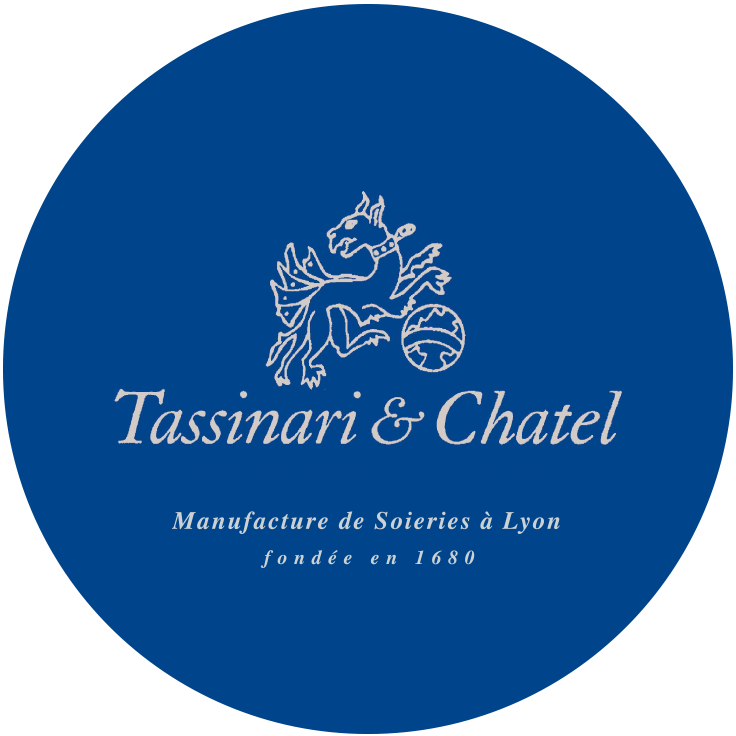
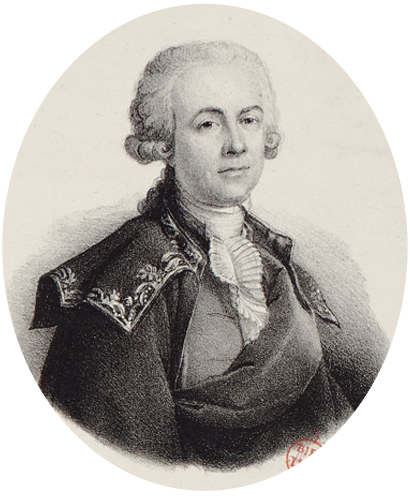
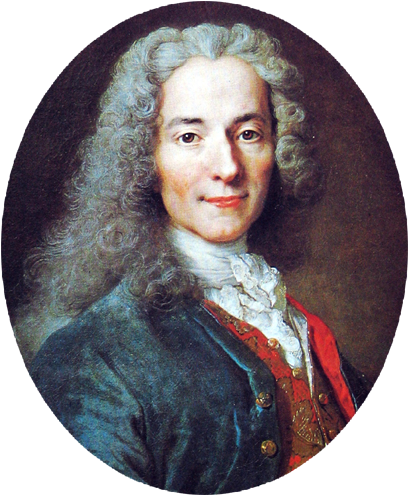
It was thanks to Voltaire that Camille Pernon was introduced to Catherine II of Russia, for whom he commissioned Philippe de La Salle, a most talented designer. Thanks to all these developments, the manufacturing process had two trump cards which were to boost its influence and reputation: its capacity for technical innovation allied to collaboration with the best artists of the day.
The end of the 18th century witnessed some exceptional creations for Louis XVI and Marie-Antoinette in the Palace of Versailles, Compiegne and Saint Cloud. The Manufacturing process soon spilled over into silk garments and word spread quickly across Europe through a network of travellers and artists.
Versailles
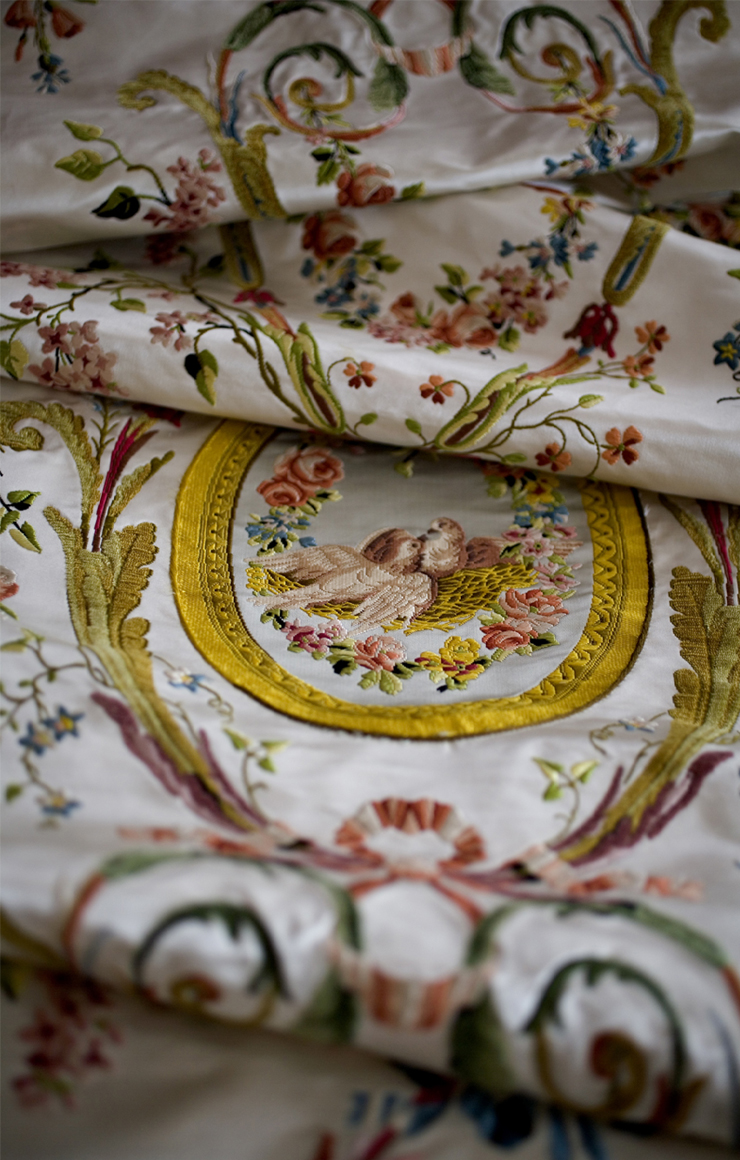
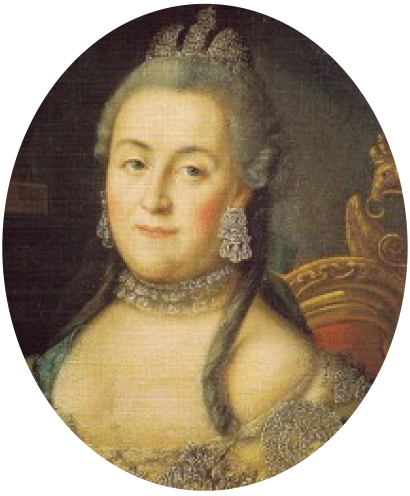
of Russia
Jacquard
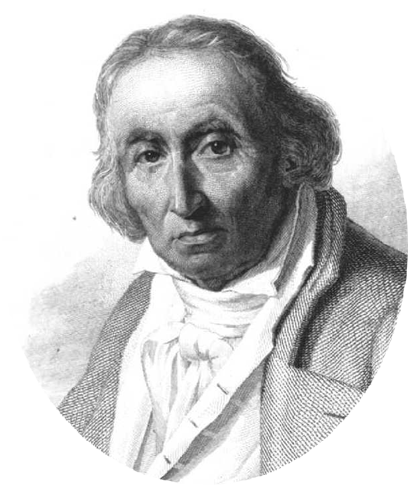
It was at Tassinari & Chatel, much later in 1806, that Jacquard installed his weaving machine to which he gave his name.
In the meantime, it was through this manufacturing process that lampas, brocade damasks, brocades and other silk fabrics found their finest expressions.
Returning from Egypt, Napoleon stopped in Lyon and visited the factories. After his crowning as Emperor, he decided to renovate France’s devastated palaces and for this he turned to the most famous factory where Camille Pernon was working in an original style: the Empire style.
Creations made for National Palaces such as the Tuileries, Versailles, Fontainebleau, Malmaison, Compiegne all contributed to the growing reputation of the company which was to become the sole supplier of silk furnishing fabrics for Napoleon I.
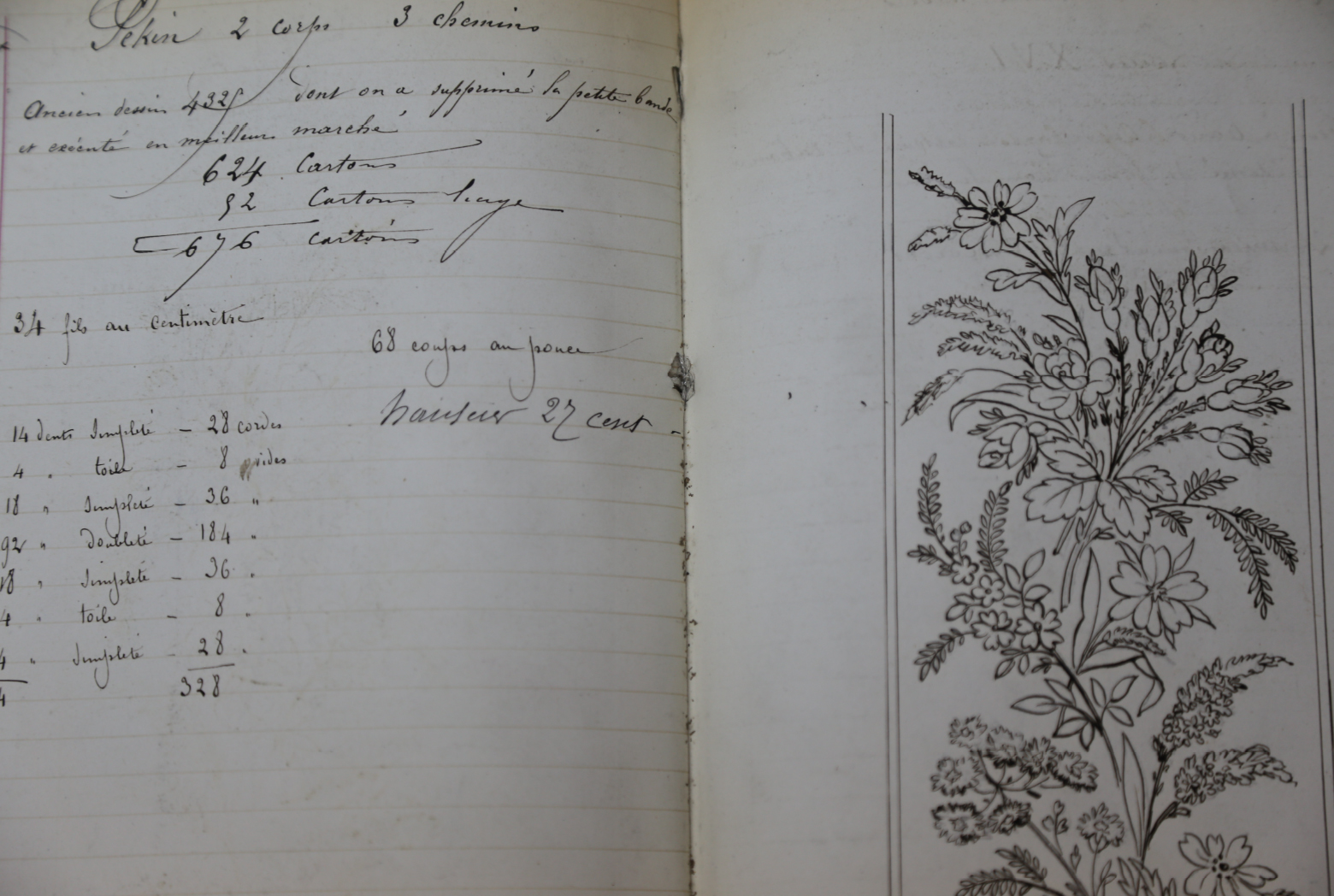
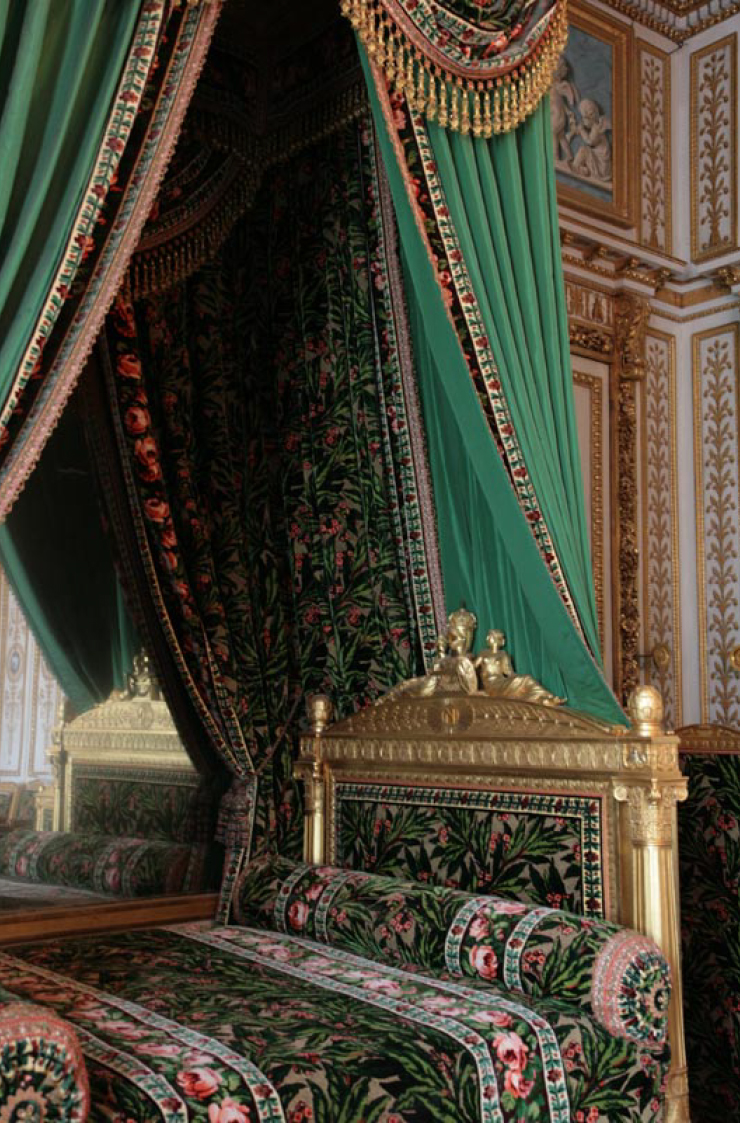
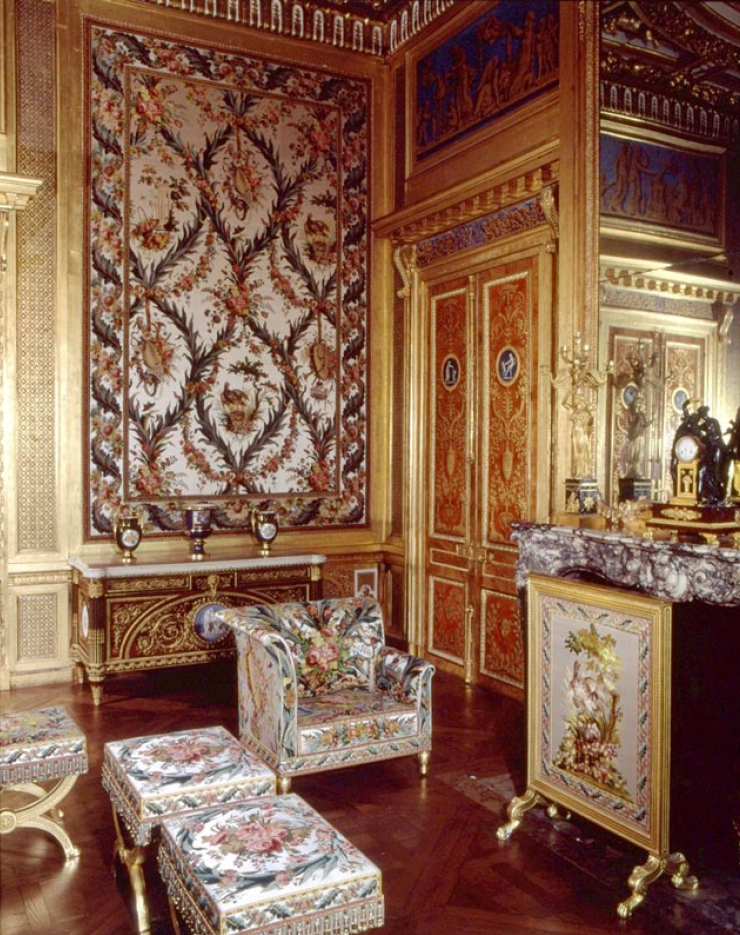
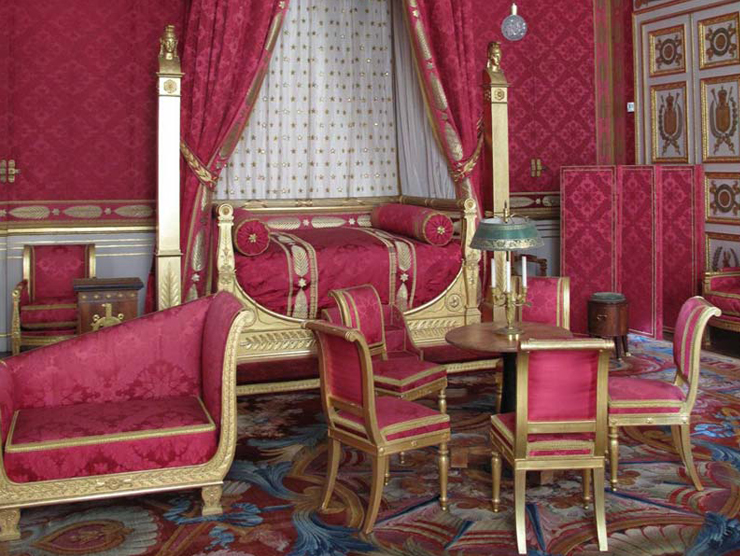
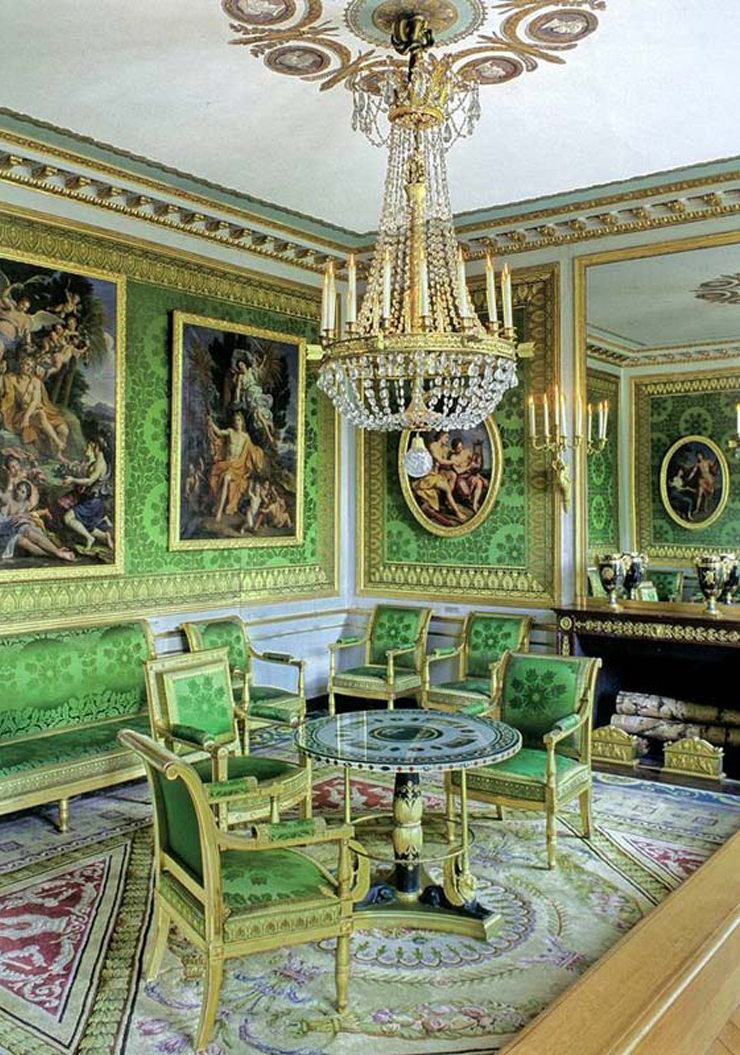
Throughout the 19th Century, commissions flowed from members of the royal family, following those granted by the imperial authorities.
Commissions came as much from within France as from overseas wherever French culture was in the ascendant. The new creations were exported as far away as Turkey, Egypt and India. The arrival of a new era of affluence and the decline of royal furnishings brought into being a new clientele: the bankers, Lafitte, Rothschild and « the merchant classes ».

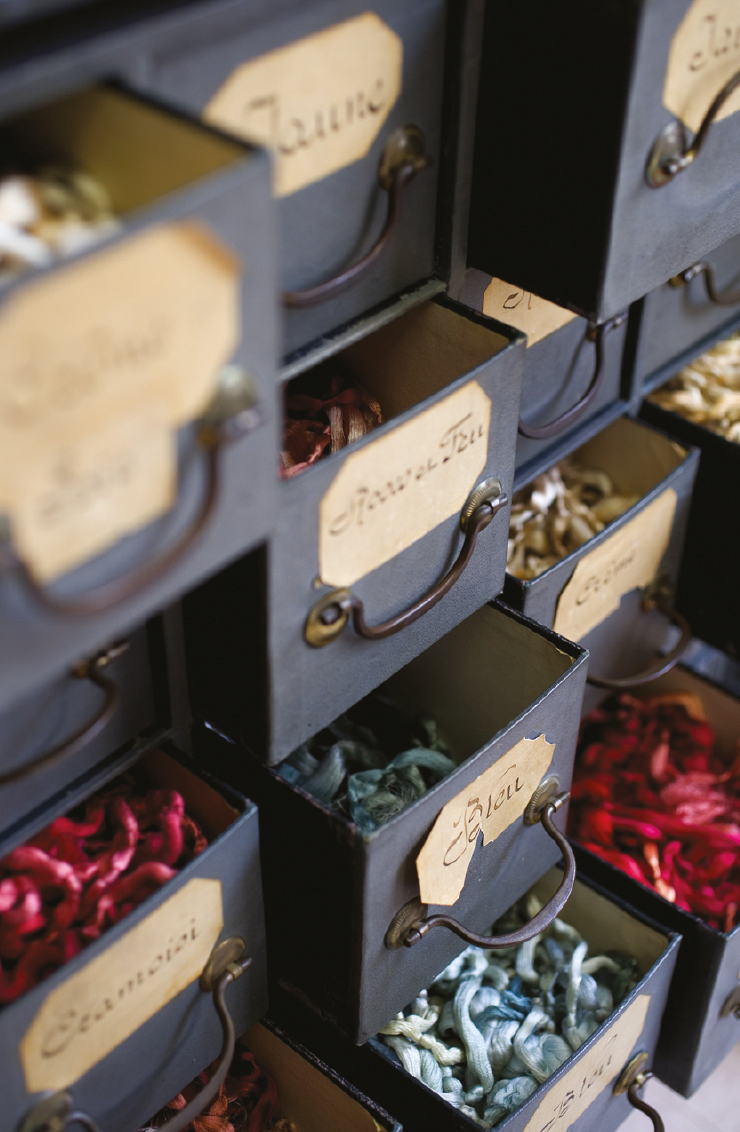
spread world-wide and drew increasingly upon Tassinari & Chatel.
Famous decorators brought a new look to the world of interior decoration, developing into a new style:
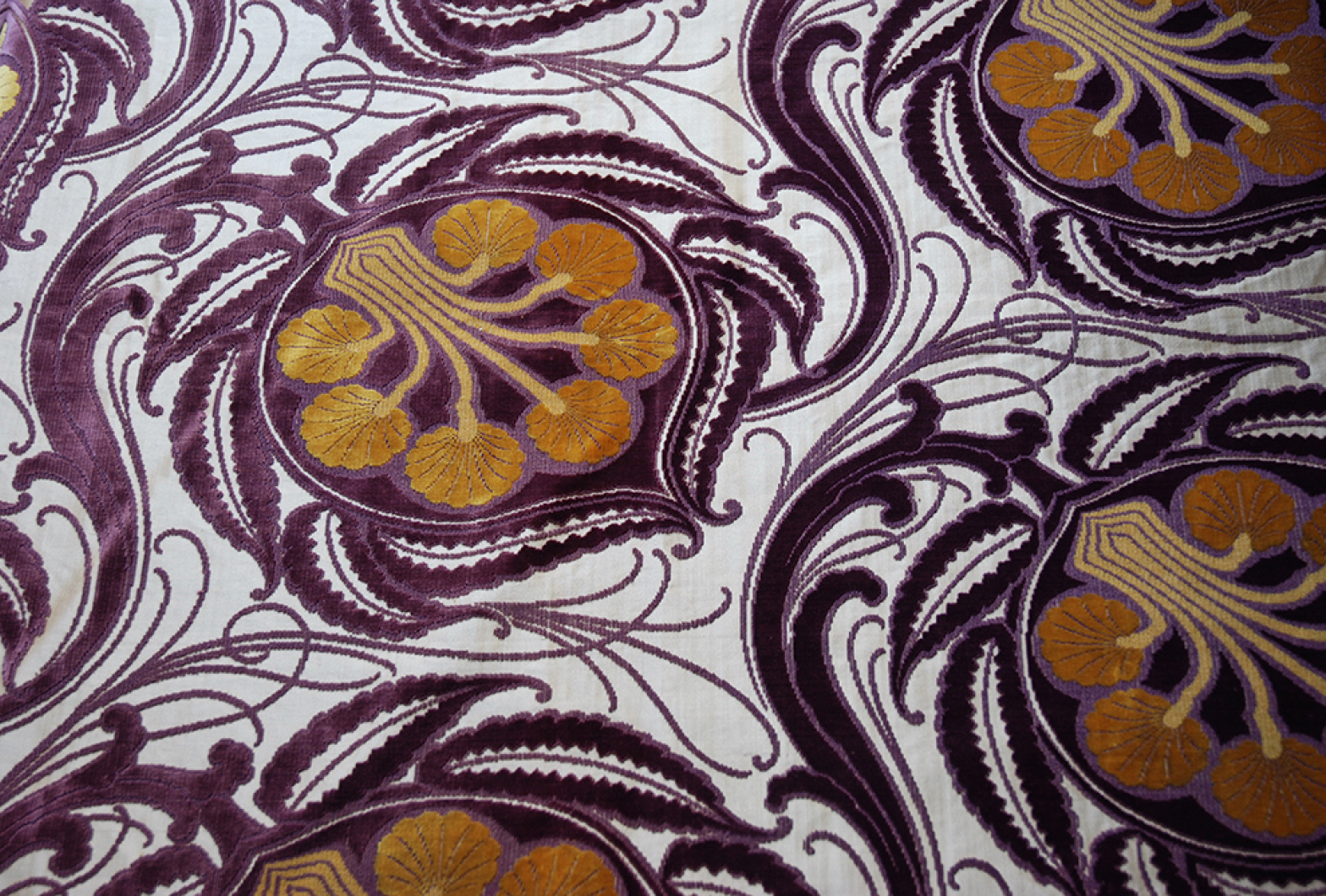
By its composition, Lucien Magne's velvet, with its warm decor, responds to the Art Nouveau style, and announces Art Deco with its generous flowers. (1911)
The end of the 20th Century was a period of intense restoration. Tassinari & Chatel confirmed its savoir-faire by exactly replicating designs from original documents.
Since 1945 up to the present day, the factory has restored many of the interiors in Versailles, Compiegne, the Elysee Palace and Fontainebleau with the mottled velvet from Napoleon’s bedchamber.
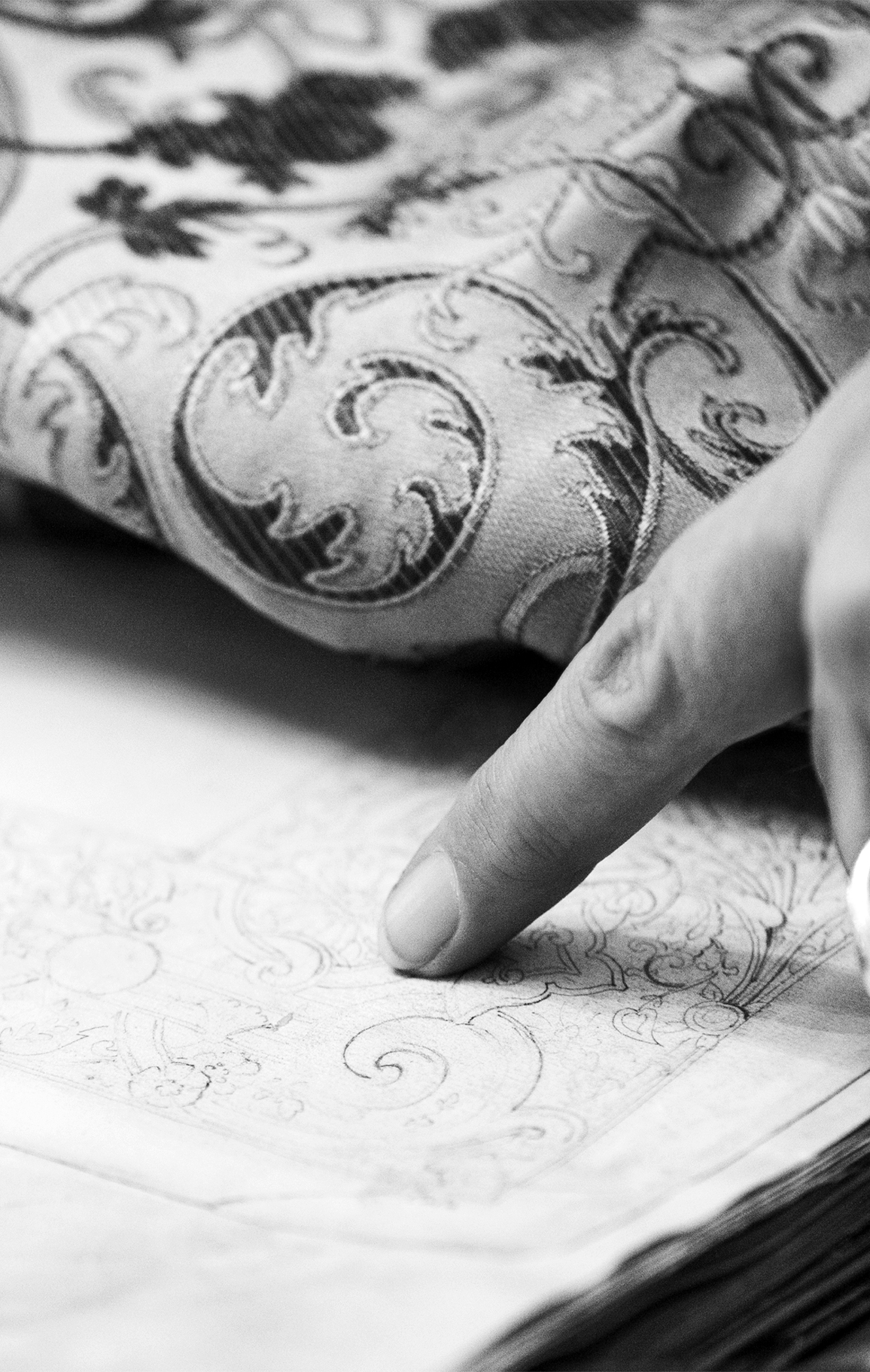
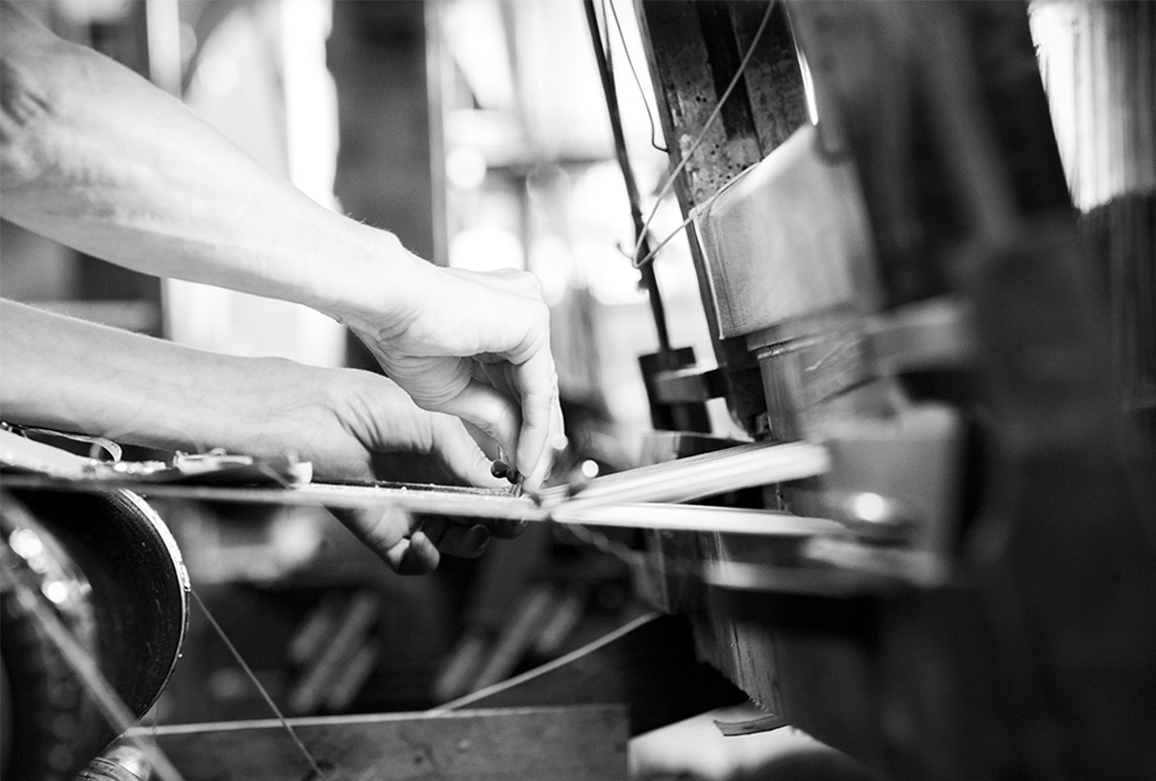
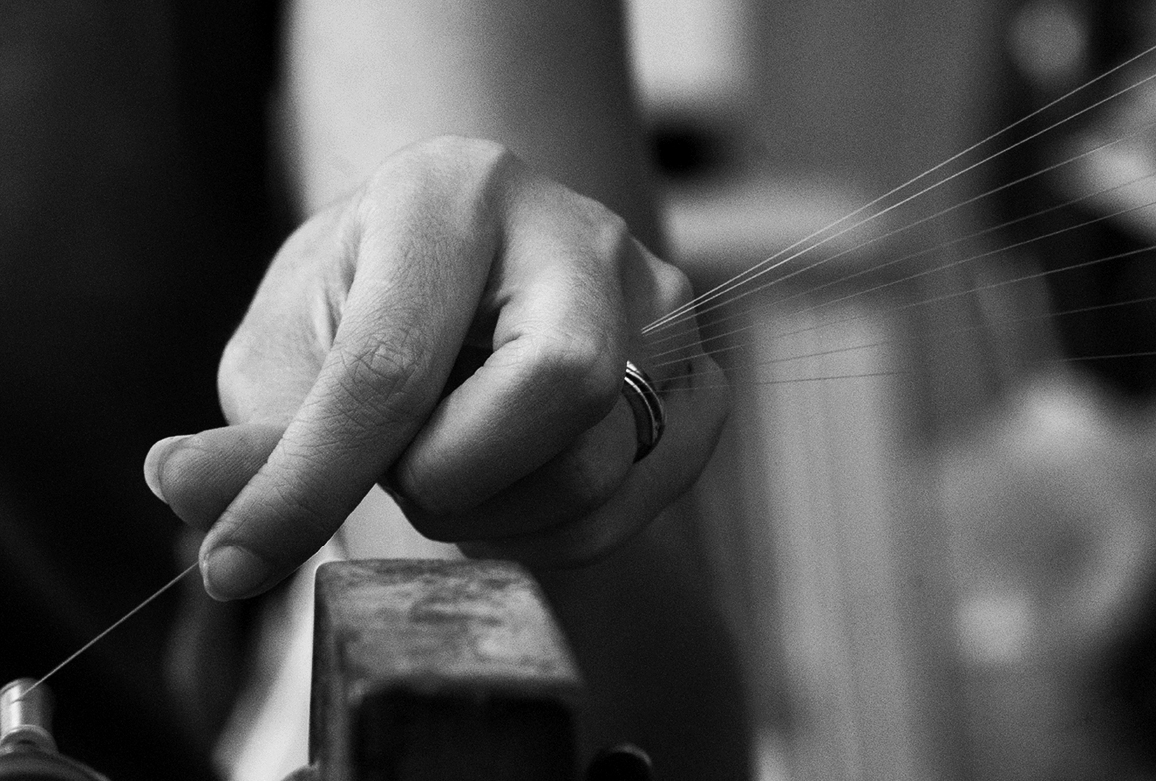
Beyond our frontiers, Tassinari & Chatel has worked for many chateaux and historical monuments in Europe and worldwide.

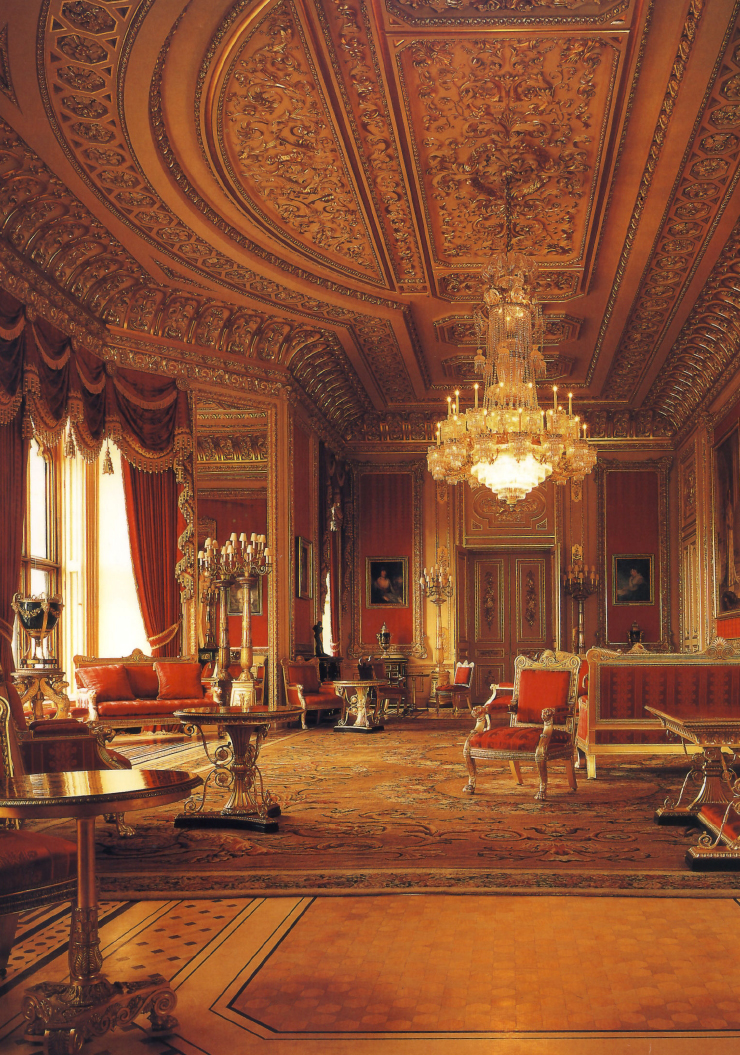
The subtle juxtaposition of ancient and modern, of discipline and boldness, of respect for the past and innovation for the present and future, is what assures the continuing reputation of Tassinari & Chatel.
View all projects